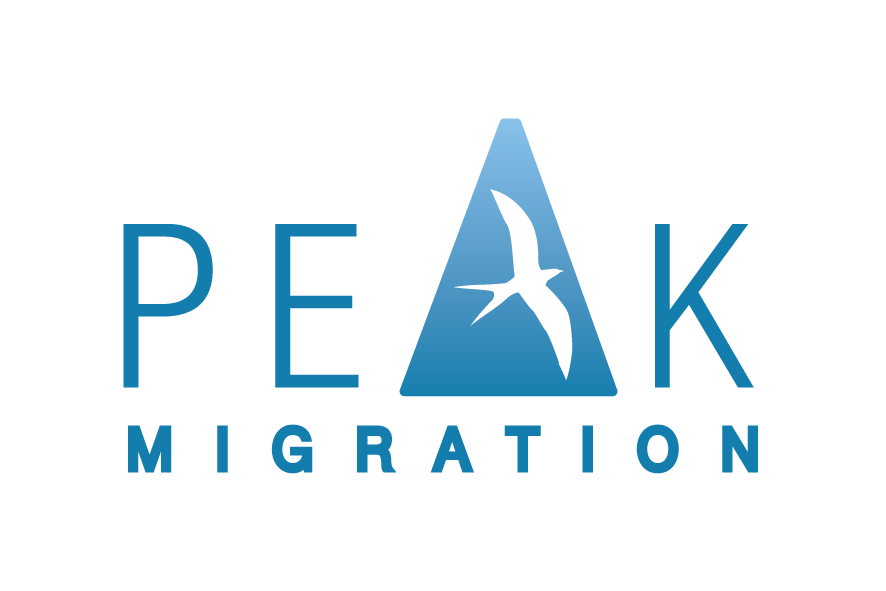TSMIT increasing to $70,000 from 1 July 2023; pathway to PR for Short-term 482 visa holders from end of 2023
/The beginning of reforms from the review of Australia’s migration program is emerging. While the report has not been released to the public, key recommendations are being implemented.
TSMIT increasing to $70,000 from 1 July 2023
In a press club speech and later media release, the Minister of Home Affairs confirmed that the Temporary Skilled Migration Income Threshold (TSMIT) will increase from $53,900 to $70,000 from 1 July 2023.
The TSMIT applies not just to temporary visas: the subclass 482 – Temporary Skill Shortage visa and subclass 494 – Skilled Employer Sponsored Regional (Provisional) visa. It is also the minimum threshold for subclass 186 – Employer Nomination Scheme visa and subclass 187 - Regional Sponsored Migration Scheme visa, where available. This, along with the Annual Market Salary Rate (AMSR) requirement, are cornerstone criteria for business nomination applications.
This change has been a long time coming given it has not increased for many years. It requires that no nomination can be approved unless the nominee's annual earnings excluding any non-monetary benefits will not be less than the TSMIT. The definition of annual earnings is based on a similar term in the Fair Work Act 2009 (Cth) and can include agreed and guaranteed monetary benefits, such as yearly allowances.
There is a provision to disregard the TSMIT where reasonable, such as for medical practitioners who are usually independent contractors, but there is little scope otherwise.
Whether other thresholds loosely tied to the TSMIT, such as the minimum taxable income threshold for a subclass 191 – Permanent Residence (Skilled Regional) visa, will also increase will not be determined until closer to 1 July 2023. A present there is no income requirements for a 191 visa despite the ability in the regulations to create one.
Pathway to a permanent visa for 482 visa holders in the Short-term stream
In the same announcement, 482 visa holders in the Short-term stream will have a pathway to a permanent visa “by the end of 2023”. This winds back a major reform when the subclass 457 – Temporary Work (Skilled) visa was abolished on 18 April 2017 and which was designed to stop most migrants settling in the major capital cities: Melbourne, Sydney, and Brisbane.
It is expected that this pathway would be to a 186 visa under the Temporary Residence Transition (TRT) stream as regulatory amendments would be minimal. This stream requires primary visa applicants to have worked on a full-time basis with unpaid leave not counting for their sponsor and as the holder of a 482 visa for at least 3 years. For most, this would require holding at least two 482 visas as this is the maximum duration period granted unless a specific international trade obligation applies.
This would make the current limited exemption, due to expire on 30 June 2024, and available for those who held 482 visas during the pandemic, obsolete.
This also leaves questions regarding 482 visa holders in the Regional Occupation List (ROL). Will they too have access to a pathway to a 186 visa or will they be left to apply for a 494 visa? The concern is that most primary 494 visa applicants require a skill assessment. Making it harder to migrate to a regional area should not be a policy goal.
Conversely, if a 186 visa under the TRT stream is open to all, surely 494 visas would be redundant.
Points test in the firing line
While no firm decisions have been made, the Minister of Home Affairs alludes to changes to Australia’s points test, referring to General Skilled Migration visas: subclass 189 - Skilled – Independent visa, subclass 190 - Skilled – Nominated visa, and subclass 491 – Skilled Work Regional (Provisional) visa.
The points test is apparently “set too low” and “rewards persistence not skills”. Amendments to the points test will probably include an assessment of income as the Productivity Commission recently recommended.

